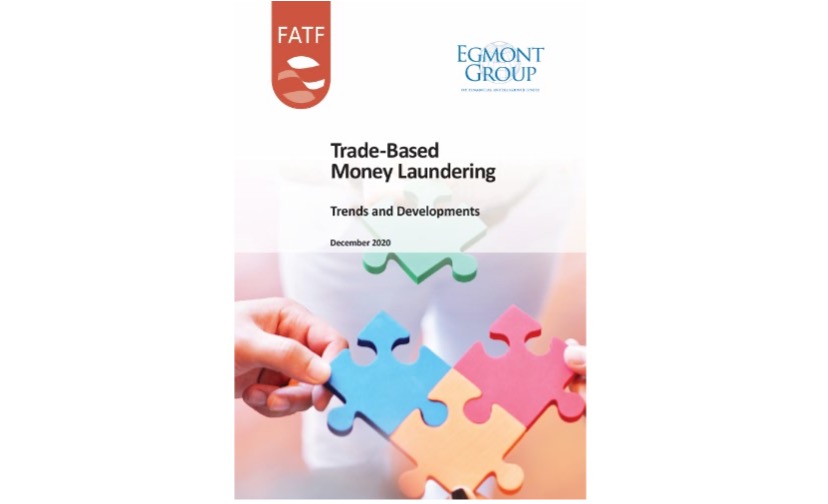Trade-Based Money Laundering: Risk Indicators
The risk indicators provided below are derived from a sampling of the data received by the FATF and the Egmont Group of FIUs in the course of the Trade-Based Money Laundering (TBML) project. The risk indicators are designed to enhance the ability of public and private entities to identify suspicious activity associated with this form of money laundering. By no means is this a conclusive list. While several indicators identified may not appear to have a direct or exclusive connection with TBML, and may be indicative of other forms of money laundering or another illicit activity, they may nonetheless be relevant when trying to identify TBML.
Before using the risk indicators, readers are encouraged to read the handling notes below and the 2020 FATF/Egmont TBML report, which provides a comprehensive overview of c
.
Trade-Based Money Laundering – Trends and Developments
The joint FATF-Egmont report aims to help public and private sector with the challenges of detecting trade-based money laundering. Using numerous case studies from around the FATF’s Global Network, it explains the ways in which criminals exploit trade transactions to move money, rather than goods. It highlights recommendations to address the trade-based money laundering risks. These include using national risk assessments and other risk- focused material to raise awareness with the public and private sector entities involved in international trade, improving information-sharing of financial and trade data, and cooperation between authorities and private sector, including through public- private partnerships. FATF, Egmont Group (2020)
.
For the full report (PDF): Press Here






